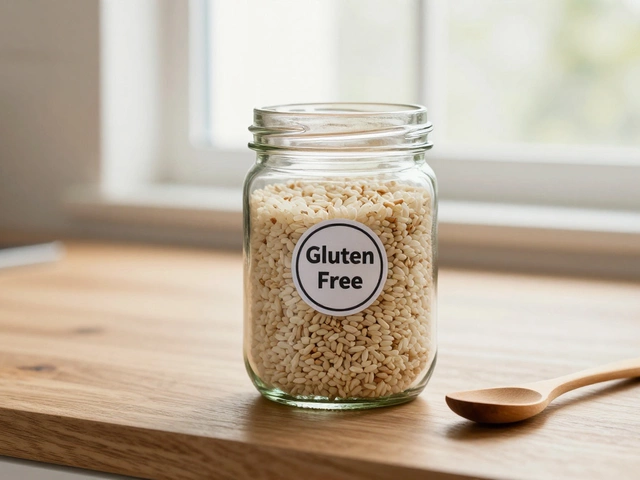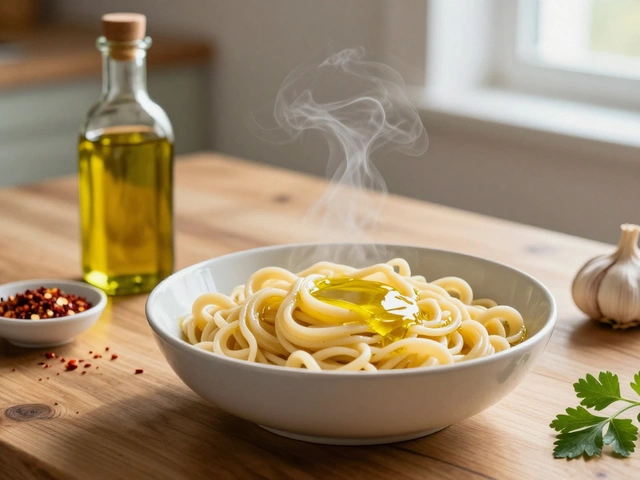Dessert Calories: What’s the Real Count?
Everyone loves a good sweet bite, but it’s easy to lose track of the calories hiding in that slice of cake or scoop of ice‑cream. Knowing the numbers helps you enjoy desserts without blowing your daily budget.
First off, why care about calories? They’re the energy your body uses, so if you eat more than you burn, the extra turns into weight gain. A dessert that looks small can pack a big calorie punch, and that’s why a quick check can make a big difference.
Typical Calorie Numbers for Popular Desserts
Here’s a fast look at some common treats. A regular chocolate chip cookie (about 30 g) has roughly 150 calories. One slice of cheesecake can be 400‑500 calories, while a cup of vanilla ice‑cream sits around 270 calories. A single serving of brownies (about 2‑inch square) is close to 200 calories. Even a handful of gummy bears adds up to about 150 calories.
Portion size matters a lot. The “one serving” on a package is often smaller than what most of us actually eat. If you pour a whole bowl of pudding, you could be double‑ or triple‑counting the calories.
Quick Swaps to Cut Calories
Swap a few ingredients and you can shave 100‑200 calories off many desserts. Use Greek yogurt instead of heavy cream in a mousse, or blend frozen bananas for a sweet ice‑cream base. Replace part of the sugar with a natural sweetener like stevia.
Try a low‑calorie recipe: a strawberry parfait made with layers of fresh berries, a spoonful of low‑fat cottage cheese, and a drizzle of honey. One cup of this parfait is under 120 calories but still feels indulgent.
Reading nutrition labels is a simple habit that pays off. Look at the “calories per serving” line and compare it to the portion you actually eat. If the label says 250 calories per ½ cup and you use a full cup, that’s 500 calories.
DIY sweet sauces can keep the sugar count low. Blend a few dates with water for a thick caramel that’s much lighter than store‑bought syrups. Use a splash of almond milk instead of full‑fat milk in pudding mixes.
Enjoying desserts isn’t about cutting them out completely. Pick a favorite, stick to a realistic portion, and balance the rest of your meals around it. Pair a small piece of chocolate with a handful of nuts for satiety, or enjoy a fruit salad after dinner to satisfy the sweet tooth.
Remember, the goal isn’t deprivation—it’s awareness. When you know the calorie load, you can make smarter choices without missing out on flavor.
So next time you reach for dessert, think about the numbers, try a low‑calorie swap, and enjoy the treat without the guilt.

Unhealthiest Dessert Ever: Understanding What's in Your Sweet Treat
by Landon Weathers / 13 Feb 2025Dive into the world of indulgent sweets as we tackle what makes a dessert truly unhealthy. From sky-high sugar content to hidden fats, discover which treats top the charts as nutritional nightmares. Learn practical tips on moderating dessert consumption without giving up on flavor. Uncover surprising facts about some of your favorite indulgences and make informed choices for your next treat.




